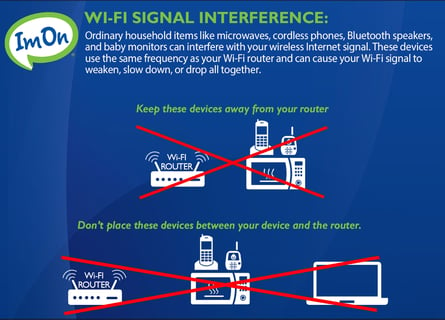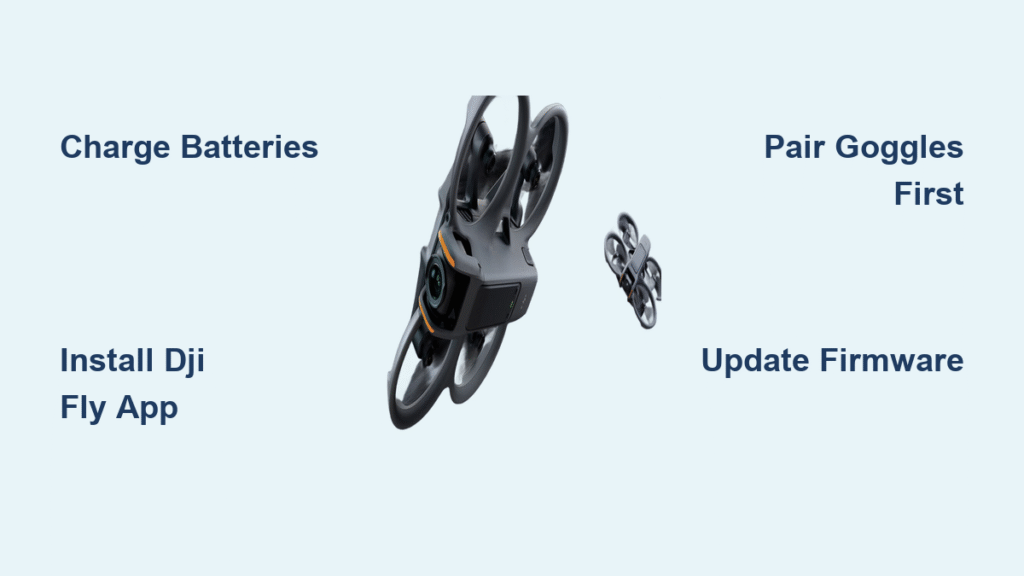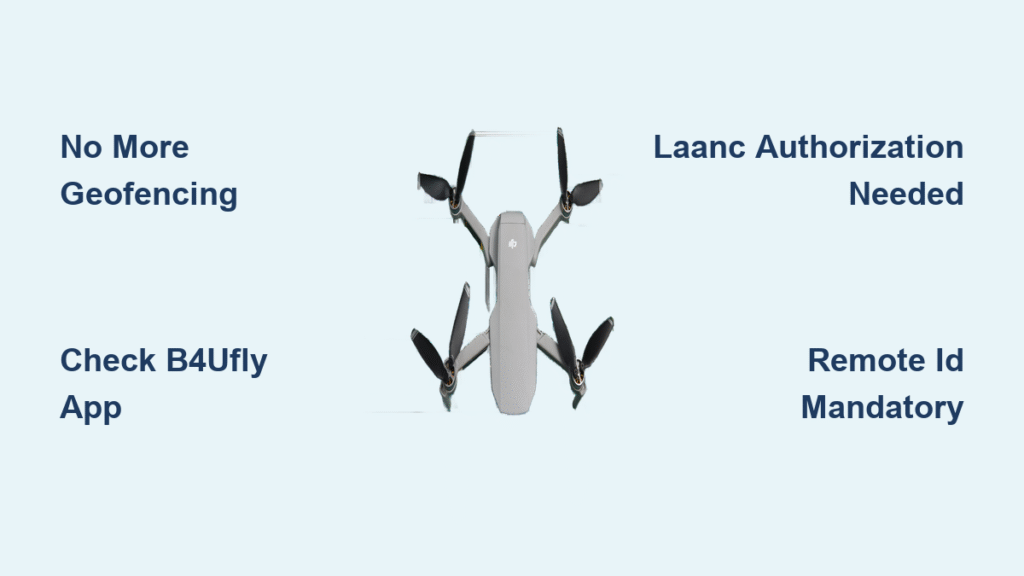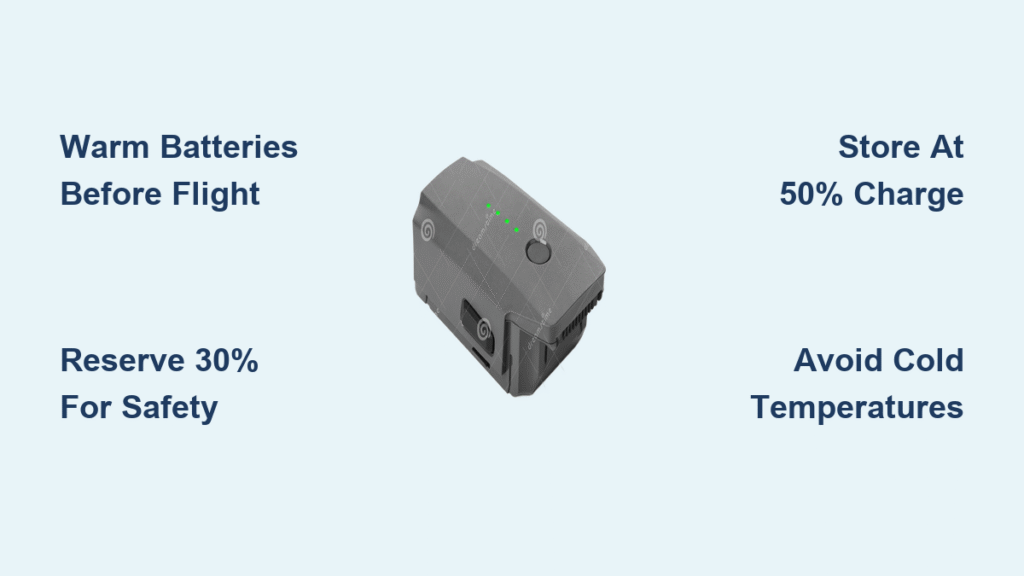Your DJI RC Pro controller sits idle as you prepare for flight, but that critical firmware update won’t download without internet access. Maybe you’re at a new location, your home network changed, or you’re troubleshooting a stubborn connection issue. Whatever the reason, getting your RC Pro online takes just 30 seconds when you know exactly where to swipe and what to avoid. This guide cuts through the confusion with precise, model-specific steps verified for the DJI RC Pro controller, plus solutions for the seven most common connection failures drone pilots face. You’ll learn not just how to connect DJI RC Pro to WiFi, but how to diagnose why it keeps dropping or refusing networks—saving you time when every minute counts before takeoff.
Unlike smartphone connections, your RC Pro uses an Android-based interface that requires specific gestures. Forget searching through nested menus; the top-edge swipe is your direct gateway to network settings. Once connected, your controller gains access to real-time map updates, firmware patches, and flight log backups—all essential for safe, legal operations. By the end of this guide, you’ll troubleshoot connection failures in under two minutes and establish reliable WiFi links anywhere from your backyard to remote launch sites.
Direct WiFi Connection in Under 30 Seconds
Skip the DJI Fly app and connect your RC Pro directly to any WiFi network using the controller’s built-in interface. This method works whether you’re updating firmware before a flight or downloading offline maps for areas with poor cellular coverage.
Locate the Network Settings Panel
Swipe down from the absolute top edge of your RC Pro screen—not the middle or bottom. This single motion reveals the Android quick settings panel where WiFi networks appear instantly. If you swipe too low, you’ll only see brightness controls; the top 5% of the screen triggers network access.
Select and Authenticate Your Network
Tap your WiFi network name from the list, then enter the password exactly as configured on your router. Case sensitivity matters: “MyHomeWiFi” won’t work if your router uses “myhomewifi.” After typing, press “Connect” (not the return key), then verify success when the WiFi icon appears in the status bar.
Confirm Stable Connection
Check for three solid bars in the WiFi icon—this indicates strong signal strength for uninterrupted firmware downloads. One bar means you’re at the edge of range; move closer to your router before starting updates. A spinning icon means the connection is active but unstable; wait 10 seconds for it to stabilize before proceeding.
Network Missing from RC Pro Scan Results
When your home network doesn’t appear in the WiFi list, the issue usually stems from physical distance or controller settings—not router problems.
Force a Fresh Network Scan
Toggle WiFi off and back on in the quick settings panel. This resets the controller’s antenna and triggers an immediate rescan. If networks still don’t populate, swipe the panel closed, wait 15 seconds, then swipe down again—older RC Pro units sometimes require this double-scan sequence.
Optimize Physical Positioning
Move within 15 feet of your router with direct line-of-sight. Concrete walls or metal structures (like filing cabinets) can block signals; reposition yourself in an open area. Never hold the controller against your body during scanning—your torso absorbs 2.4GHz signals.
Verify Controller WiFi Activation
Ensure no flight mode is enabled. Swipe down twice to access the full settings menu, then confirm WiFi is toggled “On” under “Network & Internet.” Some users accidentally disable it while adjusting telemetry settings pre-flight.
Intermittent Connection During Updates

Your RC Pro connects initially but drops during firmware downloads, corrupting critical updates. This often occurs with dual-band routers or outdated security protocols.
Disable Band Steering Temporarily
Log into your router admin page (typically 192.168.1.1) and disable 5GHz broadcasting. Connect the RC Pro to your 2.4GHz network (which has better range), then re-enable 5GHz after the update completes. The RC Pro struggles with automatic band-switching on modern routers.
Check Router Security Compatibility
Older routers using WEP or WPA security will reject connections. In router settings, change your network to WPA2-Personal (AES) encryption. The RC Pro doesn’t support WPA3 or enterprise-level security—stick with WPA2 for guaranteed compatibility.
Pause Active Flight Sessions
If DJI Fly shows “Flight in Progress,” end the session before connecting. The controller prioritizes flight telemetry over WiFi; an active flight mode will forcibly disconnect during updates.
Password Entry Errors on Touchscreen
Typing complex router passwords on the RC Pro’s small screen leads to constant “Authentication Failed” errors.
Use the Password Reveal Trick
Tap the eye icon next to the password field to display characters as you type. This prevents hidden typos from uppercase letters or special symbols like “$” or “!”.
Simplify Temporarily for Connection
Change your router password to a short, all-lowercase phrase (e.g., “dji123”) just long enough to connect the RC Pro. Revert to your secure password immediately after the controller saves the network.
Avoid Special Character Pitfalls
The RC Pro keyboard lacks “@” or “&” keys. If your password contains these, replace them temporarily with similar-looking letters (e.g., “a” for “@”) during connection, then reset your router password afterward.
Connecting to Hidden SSID Networks

Business networks or security-conscious setups that hide SSIDs require manual entry—a frequent pain point at commercial filming locations.
Manually Add the Network
In WiFi settings, scroll to “Add Network” at the bottom. Enter your exact SSID (case-sensitive), select “WPA/WPA2-Personal,” and input the password. Hidden networks won’t auto-populate, so this is your only option.
Validate SSID Spelling First
Check the SSID on another connected device—hidden networks often include underscores or numbers you might miss (e.g., “Office_WiFi_5G” vs “OfficeWiFi5G”). One character error guarantees failure.
Confirm Network Memory After Success
After connecting, power cycle the RC Pro. If it reconnects automatically, the hidden network is saved. If not, repeat the manual entry process—some controllers require two successful connections to memorize hidden SSIDs.
Public WiFi Connection Workarounds
Airport or café networks with captive portals (login pages) block RC Pro internet access until terms are accepted.
Complete the Captive Portal Process
Open the Chrome browser on your RC Pro, navigate to google.com, and complete the login screen that pops up. Accept terms or enter credentials as required—this step is mandatory before firmware updates will function.
Beat Time-Limited Sessions
Public networks often disconnect after 30 minutes. Start firmware downloads immediately after connecting and keep the controller plugged into power. Never begin updates if disconnected from power—you’ll corrupt the system if the session times out.
Avoid Security Risks
Never download firmware updates on public WiFi. Use these networks only for map caching or non-critical tasks. Return to your trusted home network for all firmware operations to prevent man-in-the-middle attacks.
Signal Strength Optimization Tactics

Weak WiFi causes failed downloads and corrupted firmware—directly impacting flight safety.
Position Your Router Strategically
Place your router above waist height and away from microwaves, cordless phones, or Bluetooth speakers. These devices interfere with the 2.4GHz band used by the RC Pro. A router on the floor loses 40% more signal through furniture.
Test Channel Congestion
Use a free WiFi analyzer app on your phone to find the least crowded channel. For 2.4GHz networks, switch your router to channel 1, 6, or 11—these don’t overlap with neighboring networks. Avoid auto-channel settings, which cause instability during updates.
Deploy a Dedicated Flight Zone Network
For frequent outdoor operations, set up a portable travel router (like TP-Link MR3020) near your launch site. Pre-configure it with your home network credentials so the RC Pro connects instantly via 2.4GHz—even in areas with zero cellular coverage.
Post-Connection Verification Steps
Never assume “connected” means “ready.” Validate your setup before trusting it for critical operations.
Test Firmware Update Capability
Go to Settings > System > Check for Updates. A stable connection shows a progress bar—not error messages. If updates fail here, forget the network and reconnect; partial downloads create dangerous system conflicts.
Download Offline Maps Immediately
While connected, open DJI Fly and download maps for your next three flight zones. This prevents “No Map Data” errors during flights where cellular coverage drops—a common cause of RTH (Return to Home) malfunctions.
Confirm Automatic Reconnection
Power down the RC Pro, wait 30 seconds, then restart. If it reconnects to saved WiFi within 10 seconds without manual input, your network is properly stored. Controllers remember up to 10 networks—ideal for home, office, and regular flying spots.
Critical Maintenance Tip: After connecting your DJI RC Pro to WiFi, always forget public or temporary networks via Settings > Network > Saved Networks. Leaving these active causes connection conflicts at future locations. For home networks, perform a signal strength test monthly by moving to your typical pre-flight setup spot—weak signals degrade firmware reliability over time. The fastest path to consistent connectivity? Swipe from the very top edge every time; muscle memory beats menu hunting when seconds count.




